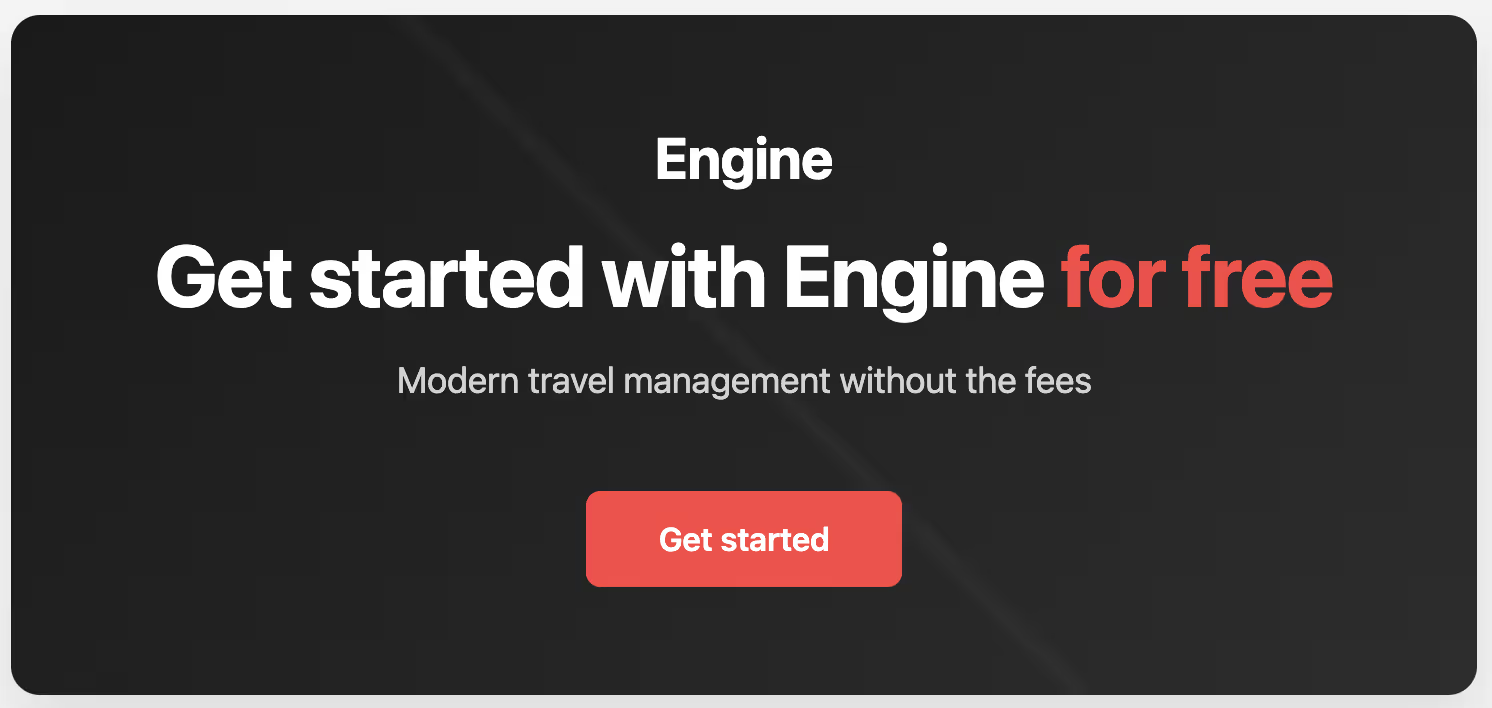Payment Reconciliation Reports for Project-Based Teams

If you manage project finances, you already know the drill: receipts scattered across job sites, last-minute credit-card charges, and five different bank feeds.
Manual reconciliation means hours hunting for missing numbers instead of focusing on your work. The time it takes to catch those mistakes only grows as projects multiply and reconciliation becomes more complex.
Every unmatched transaction is a potential duplicate payment, hidden fee, or fraud event waiting to happen. Here's a five-step process, the right tools, and a 30-day rollout plan to swap spreadsheet chaos for a system that just works.
Payment Reconciliation Explained
Payment reconciliation reporting is the daily habit of matching what your books say left the bank with what the bank actually processed.
You already track every task and overtime hour—payment tracking needs the same discipline. Without it, your team spends nights digging through credit-card feeds, bank portals, and crumpled job-site receipts.
The basics are simple:
- Pull your internal records
- Pull your external statements
- Line them up
- Explain the gaps
Tools from basic accounting software to full ERP systems walk you through this process step by step. You get a reconciliation report where every line shows whether a transaction is matched, unmatched, or adjusted.
In specialized systems, the report may also display who approved adjustments and reference supporting paperwork. When an auditor walks in—or a project manager asks why a vendor is still complaining—you've got the answer on one page.
Considerations for Project Teams
Big projects with big crews mean lots of charges. Corporate cards, hotel bookings, travel arrangements—the challenge of staying on top of things can grow exponentially.
Payment reconciliation combats confusion by:
- Stopping fraud and double charges. Small over-charges add up fast on multi-million-dollar jobs; consistent matching catches them before they snowball
- Nailing true project profitability. Costs land in the right job code, so margin reports aren't guesswork
- Keeping cash flow clear. With daily visibility, you know exactly what's cleared the bank and what's still in limbo—critical when payroll and materials hit at the same time
- Making audits boring. Every adjustment is documented, so you enter accounting reviews with confidence
Reconciliation report types fall into three buckets:
- Bank reconciliation—comparing project spend to your bank statements
- Credit-card reconciliation—matching corporate card swipes to a receipt and project code
- Accounts payable reconciliation—tying vendor invoices to actual outgoings, catching duplicates and timing errors
With Engine you get one invoice already tagged to the right project, instead of chasing forty contractors for hotel folios. Sign up for free to have less paper, fewer headaches, and a finance team that gets home on time.
Your New 5-Step Reconciliation Process
You don't need a six-figure consultant to keep your books straight. Follow this five-step daily routine every day to spot problems early, before they become costly rework.
1. Gather & Centralize Data
Start by pulling every record that touches cash for the last 24 hours—expense logs, vendor invoices, payroll runs, plus the bank and card statements that confirm money actually moved.
Receipts from hotels and car rental companies pile up fast, so centralizing is non-negotiable. Sort the file by transaction type, date, and project code, and then nothing slips through the cracks.
Engine's Direct Bill does the heavy lifting here, rolling a stack of hotel folios into one line item tagged to the right job.

2. Match Transactions
Line each internal record up against the external statement and match date, amount, vendor name, and project code. Unique IDs like invoice numbers, reference strings, and check images speed up the job and cut errors.
If you've hooked bank feeds or your financial automation tool like into your ledger, let their auto-match rules do the grunt work; just review the exceptions.
3. Identify Discrepancies
Anything that doesn't pair up gets flagged. Most misses fall into three buckets: timing differences, missing transactions, or duplicates. The faster you catch them, the smaller the mess.
4. Resolve & Record Adjustments
Focus on immediate fixes. Code a stray vendor transaction to the right project, reverse a duplicate, or request a missing receipt from the site foreman. Document every change, drop the proof in your archive, and create a journal entry so the ledger tells the full story.
If a mismatch needs more digging, park it in a suspense account and set a reminder..
5. Review, Approve, and Archive
The person who entered the data shouldn't be the one blessing it. This is basic segregation of duties that auditors love. Hand your finished reconciliation to a teammate for sign-off.
Once approved, file the report (seven-year retention keeps the CPA happy) and push a one-page summary to project managers so they see where their budget stands.
This systematic approach works best with consistent timing. Check credit cards daily, vendor transactions and payroll runs weekly and large capital draws monthly.
Stick to that cadence and you'll spend minutes, not nights, closing the books.
Pair the Right Tools With the Best Practices
You can’t fix reconciliation headaches with the wrong tools—manual spreadsheets waste hours and create risk as volumes scale. The most efficient teams rely on platforms that eliminate chaos at the source.
Here’s how the smartest operators structure their reconciliation stack:
- Spreadsheets: Fine for small accounts, risky once you’re juggling dozens of feeds and hundreds of transactions
- ERP add-ons: Solid if you already live inside an ERP, but most struggle to tag travel or job codes without manual intervention
- Dedicated reconciliation software: Tools like HighRadius, Tipalti, and Ledge automate reconciliation for finance teams, auto-matching 80–90% of transactions and flagging exceptions
But reconciliation tools only solve the problem after the fact. Engine eliminates the chaos before it starts.
With Engine, every hotel, flight, and car booking is tied to the right project code from the moment you book.
That means no rogue receipts, no guessing at reconciliation, and no surprises. Charges land cleanly in one invoice, freeing your finance team from the mess of reconciling 40+ contractor folios.
Process Discipline Matters
Tools aside, processes are key. Reconcile often to catch timing errors and make sure job codes and vendor names are consistent across every system. Mismatched labels cause false exceptions.
Then, separate the roles: one person prepares, another approves. Document every adjustment so auditors don't camp in your office come year-end.
30-Day Reconciliation Action Plan
Here's a four-week plan that will transform your spreadsheet chaos into a routine you can run on autopilot.
Week 1—Map what's broken
Walk through one full day of transactions and list every touchpoint: job-site purchase orders, credit-card feeds, bank downloads. Keep score of where the hand-offs break.
Data discrepancies, timing differences, and manual process challenges arise during reconciliation. Document them; don't solve them yet.
Week 2—Test the process
Pick one stream—e.g, the fuel card for the crane crew—and run the 5-step reconciliation process end-to-end.
Match amounts, flag timing gaps, post adjustments, and archive everything. Aim for same-day turnaround. A tight loop exposes real problems before you scale.
Week 3—Turn on automation
Connect bank feeds or card APIs so the data lands in your accounting software without manual downloads. Most accounting software handles this without the need for special tools.
Week 4—Roll it out everywhere
Use the proven workflow for every type—vendor ACH, hotel folios, per-diem cards. Set a standing schedule: daily for cards, weekly for payables, monthly for anything low-volume. Lock in segregation of duties: the person who books can't be the one who signs off.
Track your progress with numbers that matter to the field: days-to-close, unreconciled dollars, and manual hours burned. When those drop, you get faster job-cost reports and cleaner audits.
Roll Out Your Plan With Engine
You don’t need another reconciliation tool duct-taped onto broken booking processes. You need a system built for project-based work.
Engine fixes reconciliation at the source. With project-coded invoices for hotels, flights, and cars, there’s no chasing receipts or sorting messy charges. Clean data goes in—clean reports come out.






.avif)



.avif)









![What is an OBT? [+ Why They Matter]](https://cdn.prod.website-files.com/66a41388b1be9ba182f1e80c/66f97c4190ac5e26bea90c05_66a41388b1be9ba182f1efc0_online-booking-tool.avif)




.avif)


